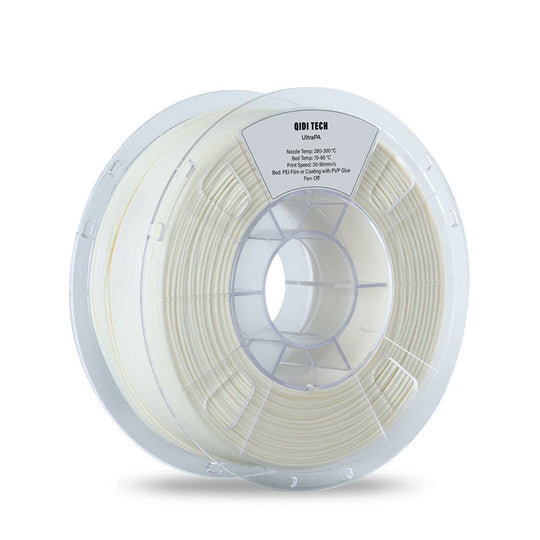The Latest Innovations in 3D Printer Filament for Industrial Applications
Body
3D printing technology has revolutionized the manufacturing industry, offering unprecedented flexibility and efficiency in creating complex parts and prototypes. One of the key components of 3D printing is the filament, the material used to create the physical objects. In recent years, there have been significant advancements in 3D printer filament, particularly for industrial applications, that have expanded the possibilities of what can be achieved with this technology.

Advanced Materials
Traditionally, 3D printer filaments were limited to materials such as ABS and PLA. However, the latest innovations have introduced a wide range of advanced materials that are specifically designed for industrial applications. These materials include carbon fiber, metal-infused filaments, and high-temperature resistant polymers. These advanced materials offer superior strength, durability, and heat resistance, making them ideal for industrial use cases where performance and reliability are paramount.
Multi-functional Filaments
Another exciting development in 3D printer filament is the emergence of multi-functional filaments that combine different properties into a single material. For example, there are filaments that are both conductive and flexible, opening up new possibilities for creating electronic components and wearable devices. There are also filaments that change color based on temperature or UV exposure, adding a new dimension to the aesthetics of 3D printed objects. These multi-functional filaments are pushing the boundaries of what is possible with 3D printing in industrial settings.
Biodegradable and Sustainable Filaments
With an increasing focus on sustainability and environmental impact, there has been a growing demand for biodegradable and sustainable 3D printer filaments. Innovations in this area have led to the development of filaments made from materials such as recycled plastics, bio-based polymers, and even food waste. These filaments offer a more eco-friendly alternative to traditional materials, making them particularly attractive for industries looking to reduce their carbon footprint and environmental impact.
Nanocomposite Filaments
Nanocomposite filaments represent a cutting-edge innovation in 3D printer filament technology. These filaments incorporate nanoparticles into the base material, resulting in enhanced mechanical, thermal, and electrical properties. For example, there are filaments that use graphene nanoparticles to significantly improve strength and conductivity. Nanocomposite filaments are opening up new possibilities for industrial applications, particularly in fields such as aerospace, automotive, and electronics, where high-performance materials are essential.
In conclusion, the latest innovations in 3d printer filament for industrial applications are driving the advancement of 3D printing technology as a whole. With the introduction of advanced materials, multi-functional filaments, sustainable options, and nanocomposite materials, the possibilities for industrial 3D printing are expanding at a rapid pace. As these innovations continue to evolve, we can expect to see even more groundbreaking applications of 3D printing in various industries around the world.











Comments